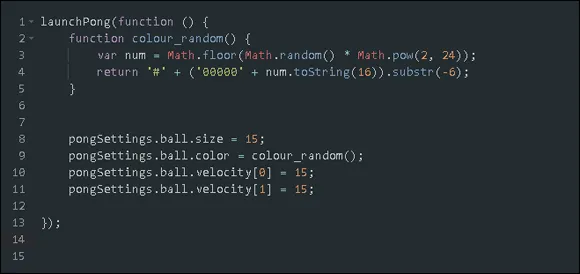
Coding For Dummies
Nikhil Abraham
- English
- ePUB (handyfreundlich)
- Über iOS und Android verfügbar
Coding For Dummies
Nikhil Abraham
Über dieses Buch
Coding For Dummies, (9781119293323) was previously published as Coding For Dummies, (9781118951309). While this version features a new Dummies cover and design, the content is the same as the prior release and should not be considered a new or updated product.
Hands-on exercises help you learn to code like a pro
No coding experience is required for Coding For Dummies, your one-stop guide to building a foundation of knowledge in writing computer code for web, application, and software development. It doesn't matter if you've dabbled in coding or never written a line of code, this book guides you through the basics. Using foundational web development languages like HTML, CSS, and JavaScript, it explains in plain English how coding works and why it's needed.
Online exercises developed by Codecademy, a leading online code training site, help hone coding skills and demonstrate results as you practice.
The site provides an environment where you can try out tutorials built into the text and see the actual output from your coding. You'll also gain access to end-of-chapter challenges to apply newly acquired skills to a less-defined assignment. So what are you waiting for?
- The current demand for workers with coding and computer science skills far exceeds the supply
- Teaches the foundations of web development languages in an easy-to-understand format
- Offers unprecedented opportunities to practice basic coding languages
- Readers can access online hands-on exercises and end-of-chapter assessments that develop and test their new-found skills
If you're a student looking for an introduction to the basic concepts of coding or a professional looking to add new skills, Coding For Dummies has you covered.
Häufig gestellte Fragen
Information
Getting Started with Coding
What Is Coding?
Defining What Code Is
Following instructions

Writing code with some Angry Birds
http://csedweek.org/learn and under the heading “Tutorials for Beginners” click the “Write Your First Computer Program” link with the Angry Birds icon, as shown in Figure 1-2. This tutorial is meant for those with no previous computer programming experience, and introduces the basic building blocks used by all computer programs. The most important take-away from the tutorial is to understand that computer programs use code to literally and exactly tell the computer to execute a set of instructions.
Understanding What Coding Can Do for You
Eating the world with software
- Web-based software: This software operates in the browser without requiring installation. For example, if you wanted to check your email, you previously had to install an email client either by downloading the software or from a CD-ROM. Sometimes, issues arose when the software was not available for your operating system, or conflicted with your operating system version. Hotmail, a web-based email client, rose to popularity, in part, because it allowed users visiting
www.hotmail.comto instantly check their email without worrying about installation or software compatibility. Web applications increased consumer appetite to try more applications, and developers in turn were incentivized to write more applications. - Internet broadband connectivity: Broadband connectivity has increased, providing a fast Internet connection to more people in the last few years than in the previous decade. Today, more than two billion people can access web-based software, up from approximately 50 million only a decade ago.
- Mobile phones: Today’s smartphones bring programs with you wherever you go, and help supply data to programs. Many software programs became more useful when accessed on-the-go than when limited to a desktop computer. For instance, use of maps app...
